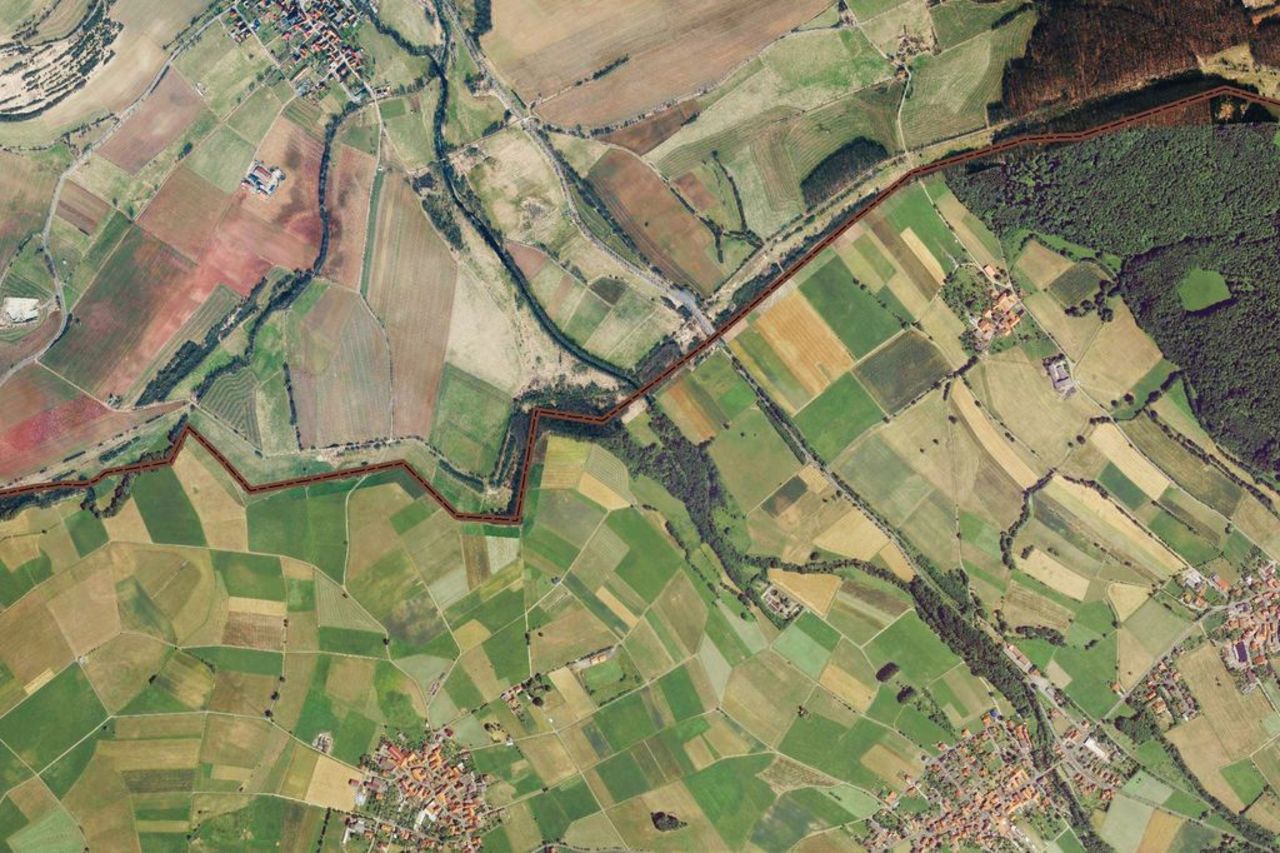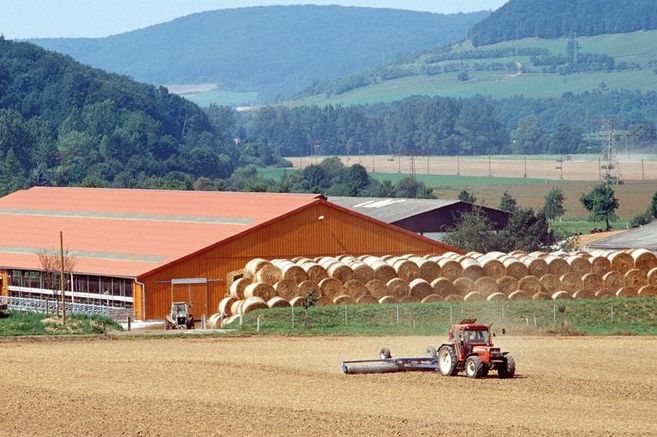Project
Explaining and predicting farm structural change

SC-EU - The analysis of the farm structural change in the EU-28
The EU commission annually develops a projection of the future development in agriculture to detect trends as early as possible. Until now, the structure of farms played only a minor role. A greater consideration of the structure of farms would increase the quality of the projections, particularly after the reorientation of the Common Agricultural Policy (CAP) in 2013. The impact of the “Greening” of the first Pillar is closely related to the productive orientation of a farm – e.g., whether a farm produces as grassland farm rather milk or as arable farm cereals. Main objective of this project is to identify the factors that affect the productive orientation to predict the future development.
Background and Objective
To display future developments at the level of farm groups in the EU, it is crucial to predict the structural change in agriculture. Main objective of this project is the development of a method and an application tool for the EU Commission for the short-to-medium term prediction of the structural development of farms. For this, different regional and global factors will be assessed.
Approach
First, we assess which processes, with respect to farm specialization and farm size, are relevant for structural change in agriculture. Therefore, we define a common grid of farm groups for all EU countries. On the basis of this data, we want to transfer a recently applied approach from the marketing science to our estimation of farm structural change from the farm to the regional level. Possibly all regions of the EU countries are going to be analysed.
Data and Methods
The most important data source is the Farm Accountancy Data Network (FADN) of the EU. Additionally, we use data from EUROSTAT and Common Agricultural Policy Regionalized Impact (CAPRI)-Model to identify the factors that influence structural change.
The estimation is based on a Multiplicative Competitive Interaction (MCI) model and explains the development of a certain farm specialization as the change of the attraction of different production possibilities.
Our Research Questions
- Which farm group is most competitive and characterises the future agricultural structure?
- Which factors determined the evolution of the farm specialisations in the last 20 years?
- Does the shape of the CAP have a significant influence on the structure of agriculture?
- How does the structural change in agriculture differ between the analysed Member States?
- How strong is the influence of regionally differing variables on structural change?
Results
It is expected that the agricultural structural change differs between the Member States according to regional differences. Correspondingly, the impact of regional conditions on structural change is stronger compared to the findings in recent studies. Due to the extension of the analysis to the EU-level, the transferability of the results for the EU Commission is expected to be more generally valid.
Thünen-Contact

Involved Thünen-Partners
Involved external Thünen-Partners
-
EuroCare GmbH
(Bonn, Deutschland) -
EU-Kommission
(Brüssel, Belgien) - Joint Research Centre (JRC)
(Brüssel, Belgien)
Duration
8.2013 - 1.2015
More Information
Project status:
finished
Publications to the project
- 0
Neuenfeldt S, Gocht A, Heckelei T, Mittenzwei K, Ciaian P (2021) Using aggregated farm location information to predict regional structural change of farm specialisation, size and exit/entry in Norway agriculture. Agriculture 11(7):643, DOI:10.3390/agriculture11070643
- 1
Neuenfeldt S, Gocht A, Heckelei T, Ciaian P (2019) Explaining farm structural change in the European agriculture: a novel analytical framework [Erschienen: 15.11.2018]. Eur Rev Agric Econ 46(5):713-768, DOI:10.1093/erae/jby037
- 2
Neuenfeldt S, Gocht A, Ciaian P, Heckelei T (2017) Structural change in European agriculture : paper for XVEAAE Congress 2017, Parma, August 28th - September 1st 2017. Parma: EAAE, 13 p, DOI:10.22004/ag.econ.261141
- 3
Jansson T, Heckelei T, Gocht A, Basnet SK, Zhang Y, Neuenfeldt S (2014) Analysing impacts of changing price variability with estinated farm risk-programming models : paper prepared for presentation at the EAAE 2014 Congress "Agri-Food and Rural Innovations for Healthier Societies" ; August 26 to 29, 2014, Ljubljana, Slovenia [online]. Ljubljana: EAAE, 13 p, zu finden in <http://purl.umn.edu/182665> [zitiert am 22.09.2014]
- 4
Neuenfeldt S, Röder N, Gocht A, Espinosa M, Gomez y Paloma S (2014) Using market share and multiplicative competitive interaction models to explain structural change in the German agricultural sector : poster paper prepared for presentation at the EAAE 2014 Congress "Agri-Food and Rural Innovations for Healthier Societies" ; August 26 to 29, 2014, Ljubljana, Slovenia [online]. Ljubljana: EAAE, 6 p, zu finden in < http://purl.umn.edu/182955> [zitiert am 22.09.2014]
- 5
Neuenfeldt S, Gocht A (2013) Integrated software tool for processing accountancy data information at EU level - an application of CGIG. In: Clasen M, Kersebaum KC, Meyer-Aurich A, Theuvsen B (eds) Massendatenmanagement in der Agrar- und Ernährungswirtschaft : Referate der 33. GIL-Jahrestagung 20.-21. Februar 2013 in Potsdam. Bonn: Köllen
- 6
Gocht A, Röder N, Neuenfeldt S, Storm H, Heckelei T (2012) Modelling farm structural change : a feasibility study for ex-post modelling utilizing FADN and FSS data in Germany and developing an ex-ante forecast module for the CAPRI farm type layer baseline. Luxembourg: Publications Office of the European Union, 166 p, JRC Sci Techn Rep



![[Translate to English:] Logo des Bundesministerium für Ernährung und Landwirtschaft](/media/allgemein/logos/BMEL_Logo.svg)